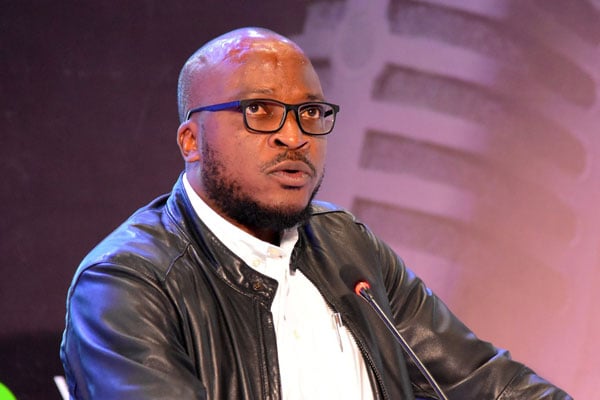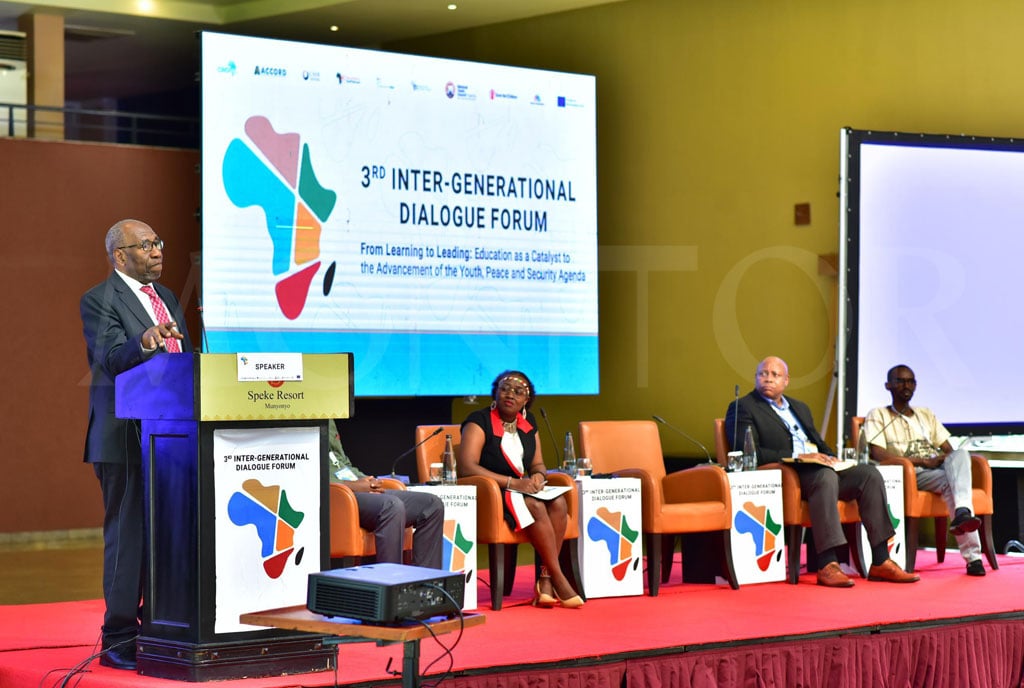Prime
Re-mystification of the gun

On November 12, 2016, Mr Matthew Kanyamunyu was arrested on suspicion that he drew a pistol and fatally shot Kenneth Akena after the social worker sideswiped his car at Forest Mall in Lugogo, Kampala.
In the shooting’s aftermath, questions continue swirling around crime, punishment, impunity and even tribalism. Predictably, these questions obviate other questions about gun ownership.
Even though government has increased license fees for individuals and companies importing firearms into the country, there seems to be a creeping proliferation of gun owners in Uganda.
A number of Ugandans who aren’t in the armed forces own firearms. And, in view of Uganda’s history of violence, this is troubling. Yet it innocently began with what originally seemed like good policy.
In 1986, when it took the reins of government, the NRM/A leadership sought the ‘demystification of the gun’.
For, in the hands of the ruling few, the gun had been an instrument of terror. Past regimes had perpetrated gun violence against an unarmed population through extra-judicial killings.
This led to a Bush War partly demystifying the gun in guerrilla-controlled areas as a popular uprising implied a symbiotic relationship between the gun and an armed peasant population.
The gun was no longer a tool of predation, but an instrument of politico-military liberation.
As a matter of revolutionary course, the NRM/A leadership tried to ensure that never again would the gun be the monopoly of any particular social force.
It thus militarised the public and also built a larger, more regionally balanced army.
To shore up this liberatory intent, there was “mchaka mchaka” or military training for revolutionary cadres, political mobilisers, civil servants, and local defence units.
With the NRM’s privatisation and liberalisation policies, the foxes were allowed into the henhouse. So it was only a matter of time before they’d be blood and feathers everywhere.
All told, several companies which trade in firearms sprouted all over the free market. Thereby giving a civilian population newly versed in military science the means by which to use such science.
The gun had been democratised and its use would never be monopolised by the few at the expense of the many. Or so we thought.
With increased licensing fees to import guns, the price of a gun rose to somewhere in the region of Shs2m to Shs3m.
Thus the acquisition of a firearm is anything but democratic. The opportunity cost of buying a gun for most Ugandans would mean forgoing per capita earnings of $825.
So, as in the past, a monopoly of gun ownership has arisen. However, this monopoly of the gun has shifted from soldiers of old to the haute bourgeoisie who can afford to buy a firearm.
The latter is associated with the ruling elite. And it is armed against a sub-stratum of Ugandans comprising those who populate the lower rungs of society.
The gun has thus been re-mystified to the poor as erstwhile NRM policy is rolled back.
This re-mystification of the gun is personified by Kanyamunyu and other armed civilians. For the gun is wielded by those who can afford it and the by-product of this is how it is used to protect minority interests belonging to a post-1986 elite.
It’s ironic that the NRM’s policy of popular access to the gun and its science was meant to guard against power growing out of the barrel of the gun.
Yet this access has been monopolised by a socio-economic group which happens to be in power or is a beneficiary of it.
To prove once again how the more things change, the more they stay the same.
Mr Matogo is the managing editor Fasihi Magazine.
[email protected]




